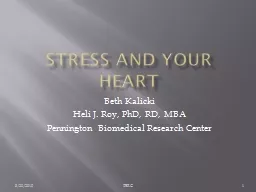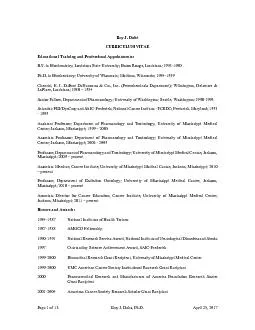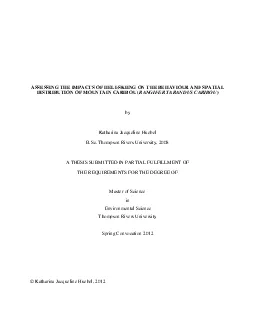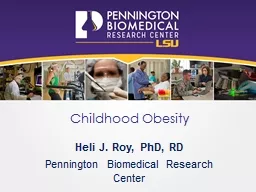PPT-Green Tea Beth Kalicki Heli Roy, PhD, RD
Author : conchita-marotz | Published Date : 2018-09-17
Division of Education Pennington Biomedical Research Center Types of tea Green tea is one of four types of tea that come from the plant Camellia Sinensis The
Presentation Embed Code
Download Presentation
Download Presentation The PPT/PDF document "Green Tea Beth Kalicki Heli Roy, PhD, RD" is the property of its rightful owner. Permission is granted to download and print the materials on this website for personal, non-commercial use only, and to display it on your personal computer provided you do not modify the materials and that you retain all copyright notices contained in the materials. By downloading content from our website, you accept the terms of this agreement.
Green Tea Beth Kalicki Heli Roy, PhD, RD: Transcript
Download Rules Of Document
"Green Tea Beth Kalicki Heli Roy, PhD, RD"The content belongs to its owner. You may download and print it for personal use, without modification, and keep all copyright notices. By downloading, you agree to these terms.
Related Documents














